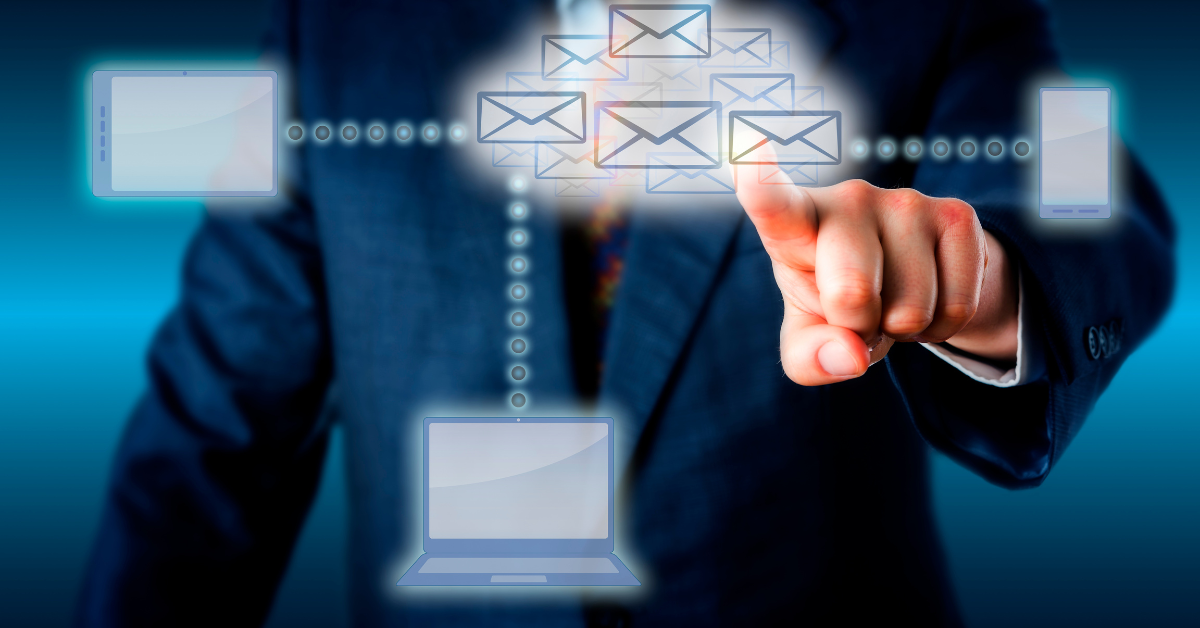Table of Contents
You can master email management and make sure that your inbox stays a useful tool rather than a continual cause of worry by using Master Email Management Techniques.
For many individuals, the constant influx of emails can lead to a filled and overwhelming inbox. If you find yourself struggling to maintain an organized and manageable email inbox, you’re not alone. This thorough tutorial explains why your inbox is constantly full and offers professional advice on how to master email management. You can increase productivity and take back control of your email by putting these strategies into practice.
The Absolutely Flow of Information
One of the primary reasons for an overflowing inbox is the sheer volume of incoming emails. In a world where we are constantly bombarded with information, it’s essential to identify and prioritize what truly matters. The points that are listed below are Ways to tackle this problem.
Unsubscribe and Filter: Begin by unsubscribing from newsletters and promotional emails that you no longer find valuable. Additionally, use email filters to automatically categorize and route emails to specific folders. This will help reduce the clutter in your inbox.
Prioritize and Segment: Sort your emails into categories or priority levels. Emails from colleagues, supervisors, or important clients should be at the top of your list, while less important ones can wait.
Lack of a Consistent Email Sorting System
The lack of a consistent email sorting system is a significant contributor to the perpetually full inbox problem that many people face. Without a structured approach to organizing your emails, it’s easy for messages to pile up, making it difficult to find important information when you need it. Here’s how to establish a consistent email sorting system.
Create a Folder Hierarchy
Start by creating a folder structure that suits your needs. Common folders include “Inbox” (for incoming emails), “Sent” (for emails you’ve sent), “Archive” (for emails you’ve dealt with but want to keep for reference), “To-Do” (for emails requiring action), and custom folders for specific projects or categories.
Use Labels and Color-Coding
Many email clients allow you to assign labels or tags to your emails. Utilize this feature to visually differentiate emails based on their content or status. For instance, you can use labels like “Urgent,” “Important,” “Follow-up,” or “Waiting for Response.” Colour-coding these labels can make it even easier to identify email priorities.
Archive Old Emails
Regularly move emails you’ve already addressed or no longer need to the archive folder. Archiving keeps your inbox clutter-free while still making it easy to access important historical messages.
Flag Important Emails
Flag or mark important emails that require action, follow-up, or further consideration. This ensures that crucial tasks or messages are never forgotten or buried in the inbox.
Set up Filters and Rules
Most email clients allow you to create rules or filters that automatically sort incoming emails based on the criteria you specify. For example, you can set up rules to move newsletters or automated notifications to specific folders, reducing clutter in your primary inbox.
Over-dependence on Email for Communication
Sometimes, the reason your inbox is always full is because email is the default communication tool for everything, from project updates to quick questions. This overreliance on email can lead to excessive messaging and a cluttered inbox. To overcome this.
Consider Alternative Communication Channels: For quick discussions or clarifications, consider using chat tools like instant messaging platforms or Microsoft Teams. These platforms are often more efficient for real-time conversations.
Implement Clear Email Etiquette: Encourage colleagues and team members to use email more judiciously. Set guidelines for when email is appropriate and when other communication methods should be used.
Neglecting to Manage Notifications
Email notifications can be both a blessing and a curse. While they keep you informed about new messages, they can also disrupt your workflow tips and lead to constant interruptions. To address this issue:
Customize Notifications: Adjust your email client’s notification settings to minimize distractions. You can choose to receive notifications only for high-priority emails or during specific time windows.
Utilize ‘Do Not Disturb’: Activate “Do Not Disturb” mode during focused work sessions. This ensures that you can concentrate without the constant ping of incoming emails.
Ignoring the Power of Email Automation
Automation can be a game-changer in email management. Yet, many individuals neglect the potential of email automation tools and features. To address this issue:
Use Email Templates: Create email templates for common responses or messages, such as meeting confirmations or thank-you notes. This saves time and ensures consistency in your communication.
Schedule Emails: If you’re working outside regular hours but don’t want to send emails immediately, schedule them to be sent during business hours.
Employ Rules and Filters: Set up rules and filters to automatically organize and categorize incoming emails. For example, you can have newsletters bypass your inbox and go directly to a “Subscriptions” folder.
Master Email Management Techniques
Mastering email management involves a combination of strategies and practices to keep your inbox organized and your productivity high. Start by setting clear boundaries for when you check emails, create a structured folder hierarchy, and use labels for categorization. Prioritize critical messages, unsubscribe from unnecessary emails, and automate repetitive tasks. Implement rules and filters to streamline sorting and take advantage of email templates for productivity tips. Regularly review and adjust your approach to ensure it aligns with your evolving needs. With these email Management Techniques, you can regain control of your inbox and make email a valuable tool rather than a source of overwhelm. Here are some key techniques to help you take control of your inbox.
Set Clear Boundaries: Define specific times for checking and responding to emails, and communicate your availability to colleagues and clients. Establish an “email-free” zone during focused work periods to minimize distractions.
Create a Folder Hierarchy: Organize your emails with a structured folder system, including folders for the inbox, sent items, archives, and project-specific categories. Use labels and colour-coding to visually distinguish emails.
Prioritize and Categorize: Sort emails into categories or priority levels. Focus on important messages first, and designate less critical ones for later.
Unsubscribe and Filter: Reduce email clutter by unsubscribing from newsletters and promotional emails. Utilize email management tips and filters to automatically categorize and route emails to specific folders.
Automate Repetitive Tasks: Use email templates for common responses, schedule emails to be sent at optimal times, and employ rules and filters for efficient email sorting.
Flag and Remind: Flag important emails for follow-up and set reminders to ensure you don’t forget critical tasks or messages.
Empty Trash and Junk Folders: Regularly clear your trash and junk folders to maintain a tidy mailbox.
Use Search and Archive: Don’t keep everything in your inbox. Archive emails you’ve dealt with, and rely on the search feature to find them when needed.
Review and Adjust: Periodically review and adjust your email management techniques to align with your changing workflow and priorities.
Are These Common Productivity Mistakes Holding You Back at Work
Conclusion
Managing your email effectively is crucial for maintaining productivity, reducing stress, and regaining control over your digital life. The reasons for an overflowing inbox are multifaceted, but with the right strategies and email Management Techniques, you can master email management and ensure that your inbox no longer overwhelms you. By addressing issues such as information overload, email management strategies, sorting systems, and more, you can take charge of your inbox and improve your overall efficiency and work-life balance.






